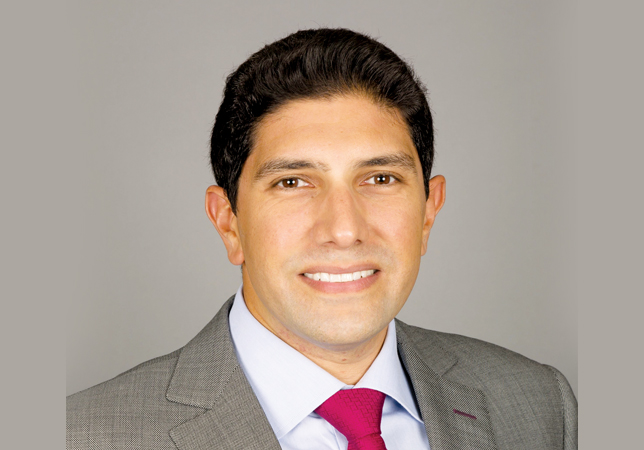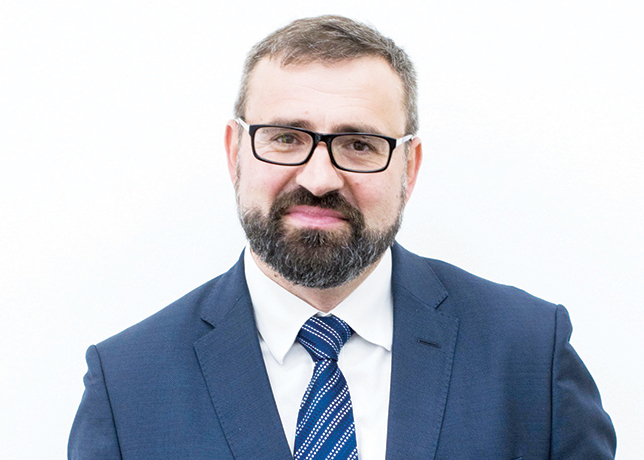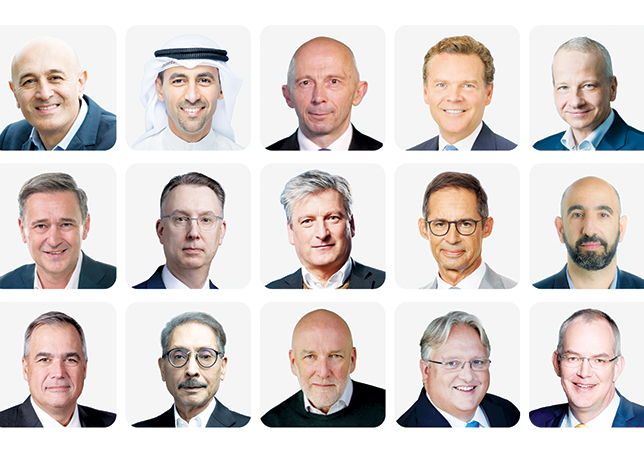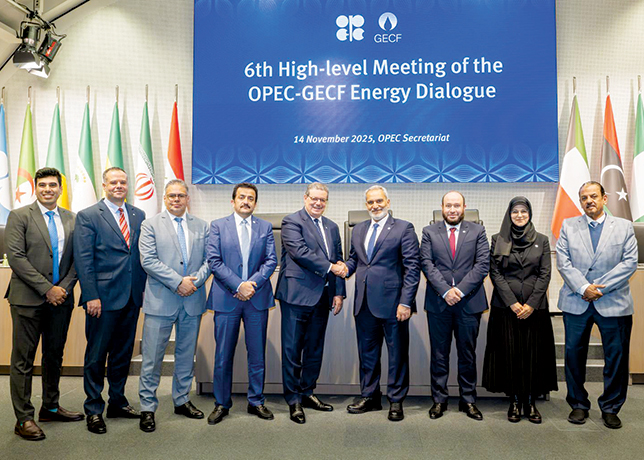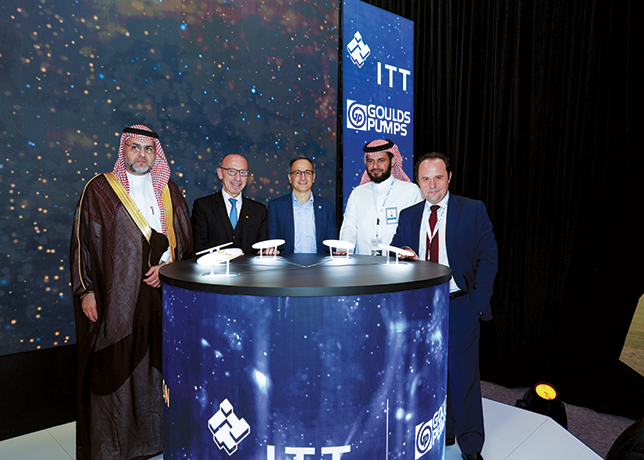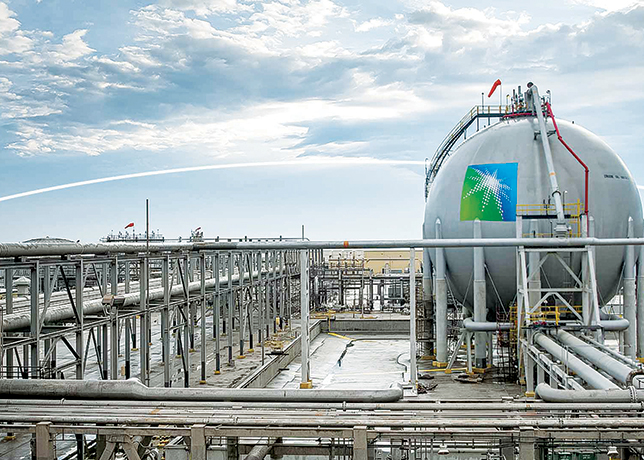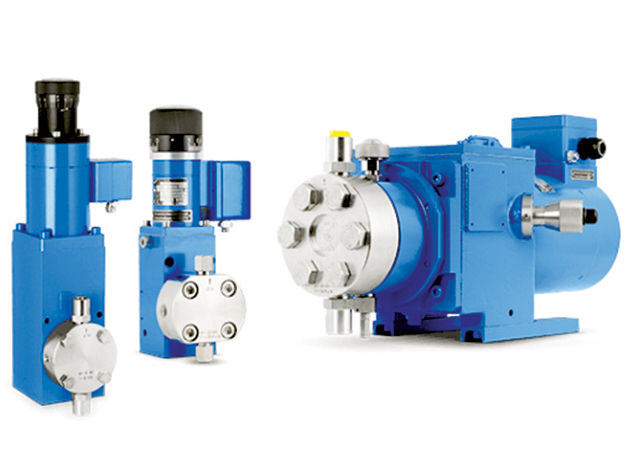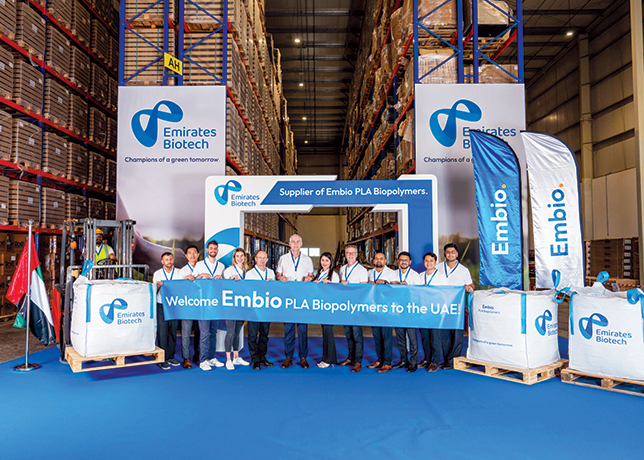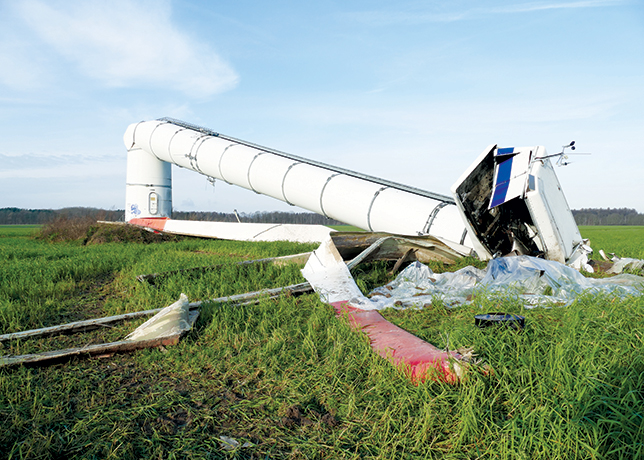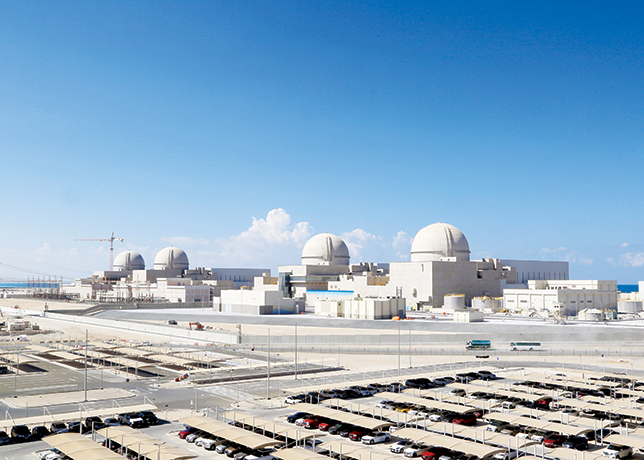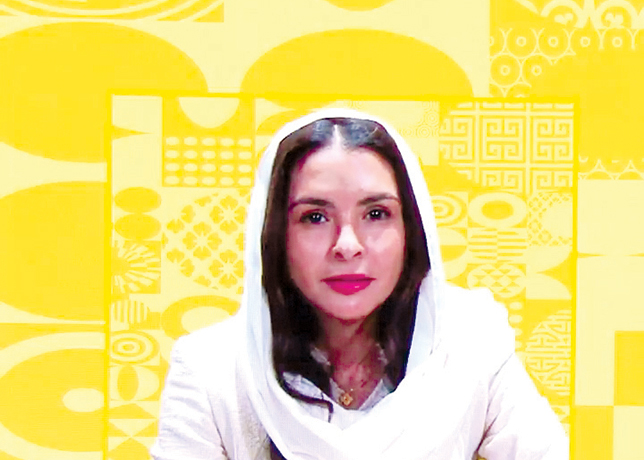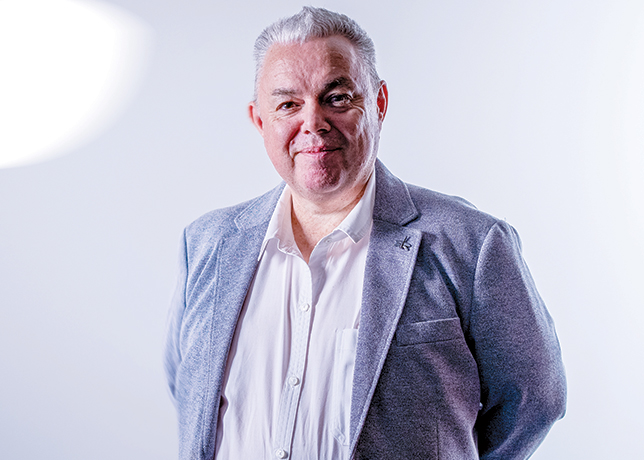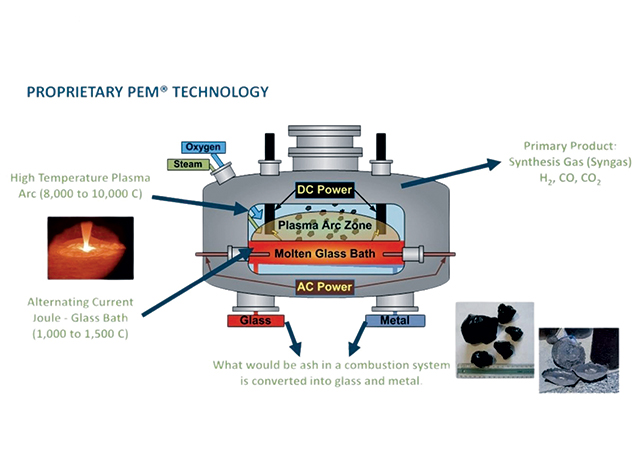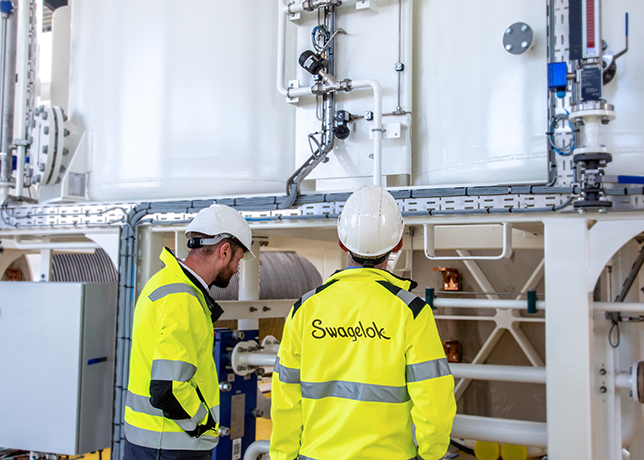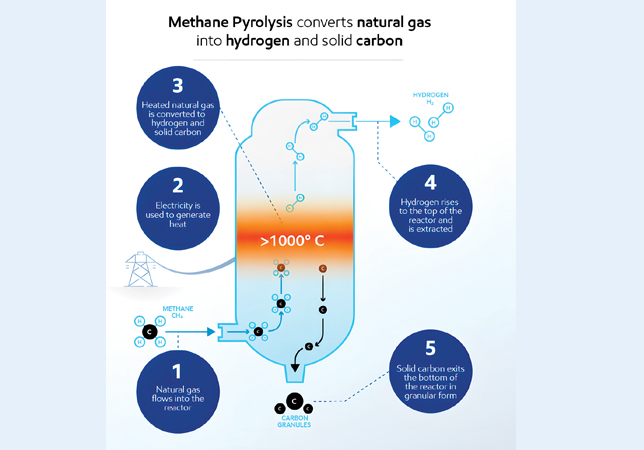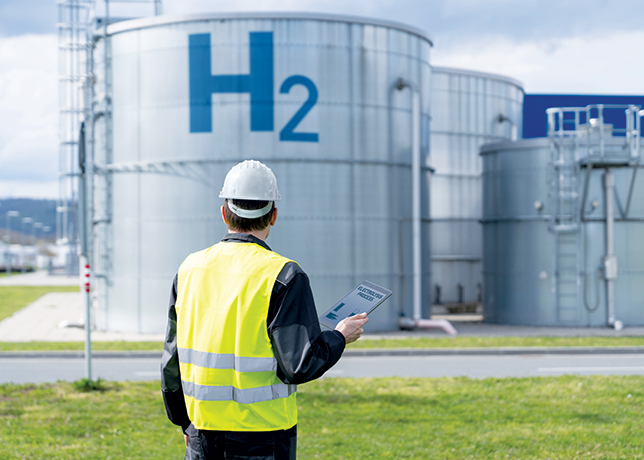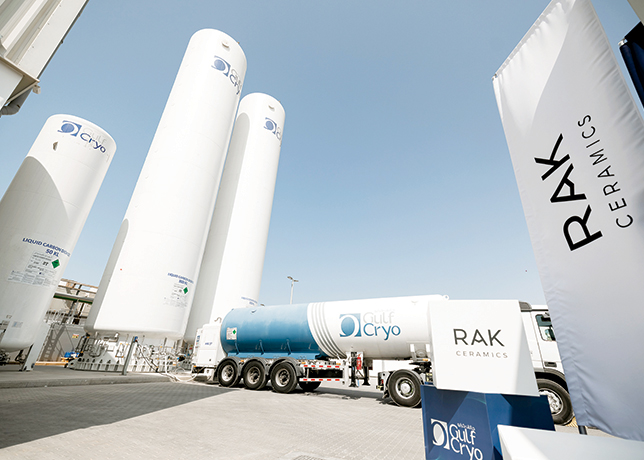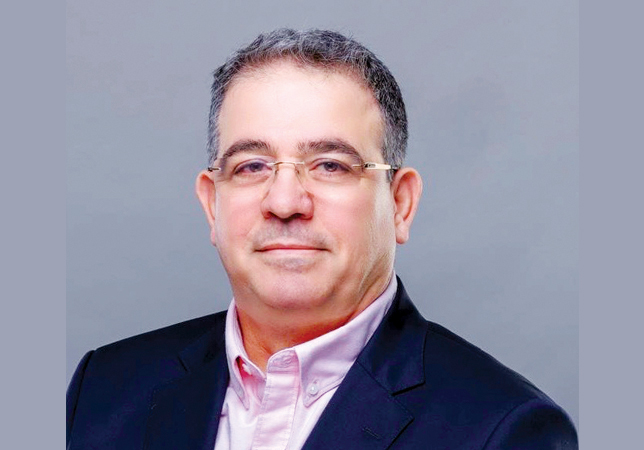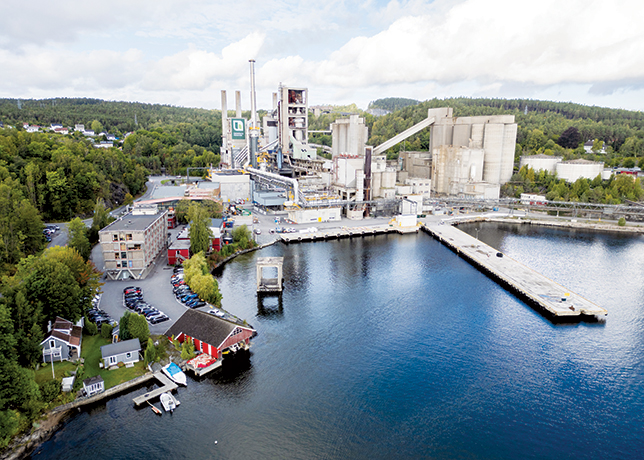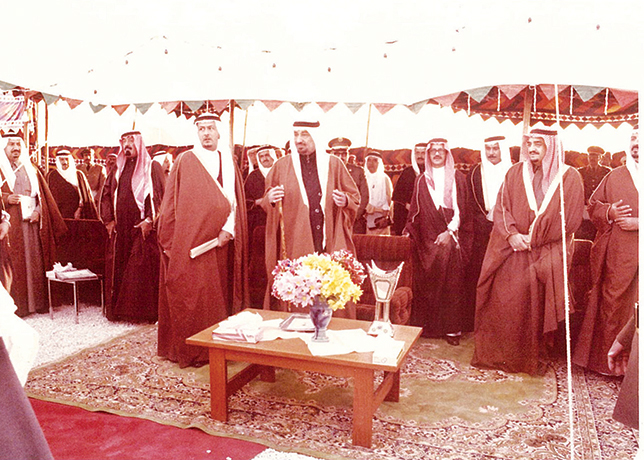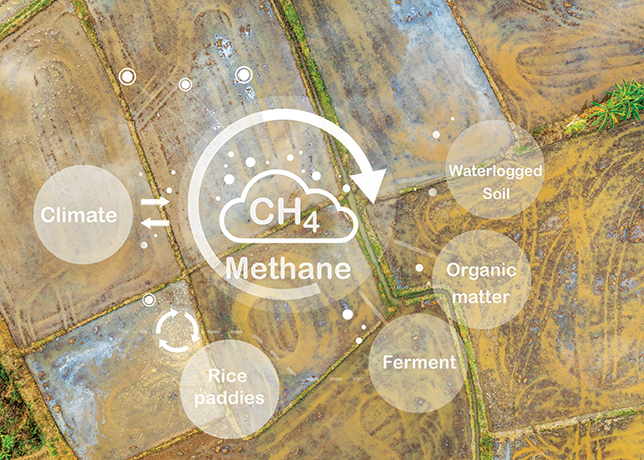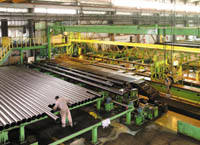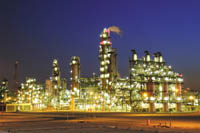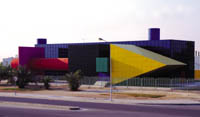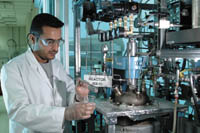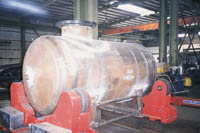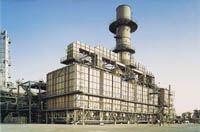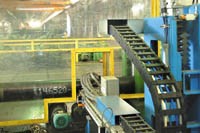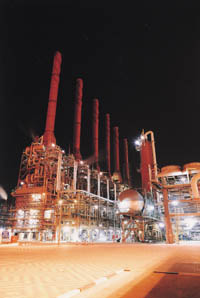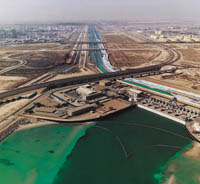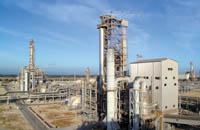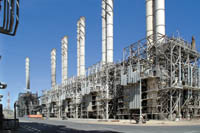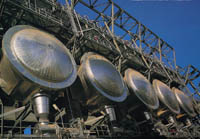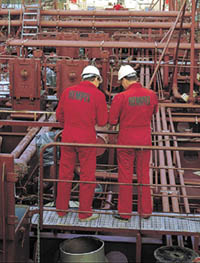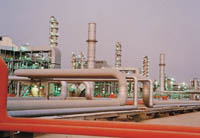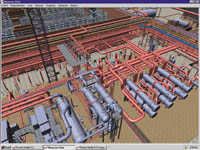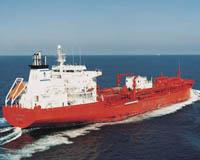
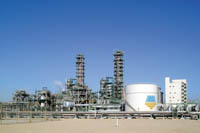 Sabic ... global reach and major assets
Sabic ... global reach and major assets
WHEN SABIC was established a quarter of a century ago with aims to be a world leader in petrochemicals, few would have believed just how successfully this would be achieved.
Sabic has benefitted from competitively priced feedstocks, a geographical location between major consumer markets in Europe and Asia, and domestic and regional Middle East markets which hold great growth potential.
But in today's highly competitive business environment, Sabic has had to build on these fundamental advantages, building world-class infrastructure and facilities to support modern industrial operations.
Sabic has also developed a global marketing network and impressive research and technology facilities around the world.
Today's Sabic is the world's leading petrochemical producer with global reach and major assets.
And its startling growth could act as a catalyst to new petrochemical industries in the Middle East, according to the Corporation's Nasser Al Sayyari.
''I believe that the region as a whole will benefit from Saudi Arabia's experience, which is the pleasant outcome of a national vision and long term planning,'' he said earlier this year at a major petrochemical conference in Iran.
The Middle East is confidently pushing ahead with new projects, from Iran to the UAE, and Qatar to Kuwait. And many are using Sabic as the example of what can be achieved. The region, with 34 per cent of the world's proven gas, is in a favourable position to drive future growth in petrochemicals, said Al Sayyari.
But there are many challenges ahead, both for Sabic and the Middle East at large.
Crucially, petrochemical producers in the Middle East must find new markets for products without creating instability in the market. Resource-driven confidence in the Middle East must not result in overcrowded markets, unhealthy competition and low prices.
''The effects of an economic slowdown on the industry can be minimised by careful spacing out of new projects,'' said Al Sayyari.
Mergers and acquisitions could also be important to the future landscape of petrochemicals in the Middle East.
''It appears that the creation of global giants through mergers will certainly help those companies in terms of short and medium-term cost savings and globalisation, but these are not comparable to the more lasting advantages of the Middle Eastern petrochemical economics,'' said Al Sayyari.
''In the Middle East, given our economic and political realities, and the importance of energy in our national economies, mergers and acquisitions are unlikely options for us, at least in the near future,'' he said.
''However, this does not rule out possibilities of cooperation and consolidation amongst the players in this region.''
Middle East petrochemical producers will have to find ways to broaden the parameters of cooperation, working together to achieve common goals and yield results similar to those of mergers and acquisitions.
Technology development is a key area in which Middle Eastern petrochemical companies can and should join hands, said Al Sayyari.
''The old issue of technological dependence on the outside world is still valid as it could result in stagnation in the future, but technology is no more off-limits for resourceful companies.''
The nature of the global petrochemical industry is already changing. In the ethylene business, for instance, the concept of mergers and acquisitions is well advanced, and by 2003, an estimated 50 per cent of world ethylene production will come from 11 conglomerates, of which Sabic is one.
''Ethylene market drivers are locations driven by feedstock cost and derivative demand,'' said Ray Orriss, vice president, Olefins at Kellogg Brown & Root USA at a recent gathering in Bahrain.
Orriss sees Saudi Arabia, and Sabic, as having a bright new opportunities ahead in ethylene in particular, and petrochemicals in general, with the upcoming involvement of international oil companies in gas developments.
Orriss also believes that there could be ''too much building, too few markets'' in the region.
''For competitive performance, producers will need every technological edge available, as well as large capacities to gain the benefits of the economies of scale,'' he said.
Sabic appears well aware of the challenges which lie ahead and will prepare itself for change in a bid to maintain its competitive edge.






